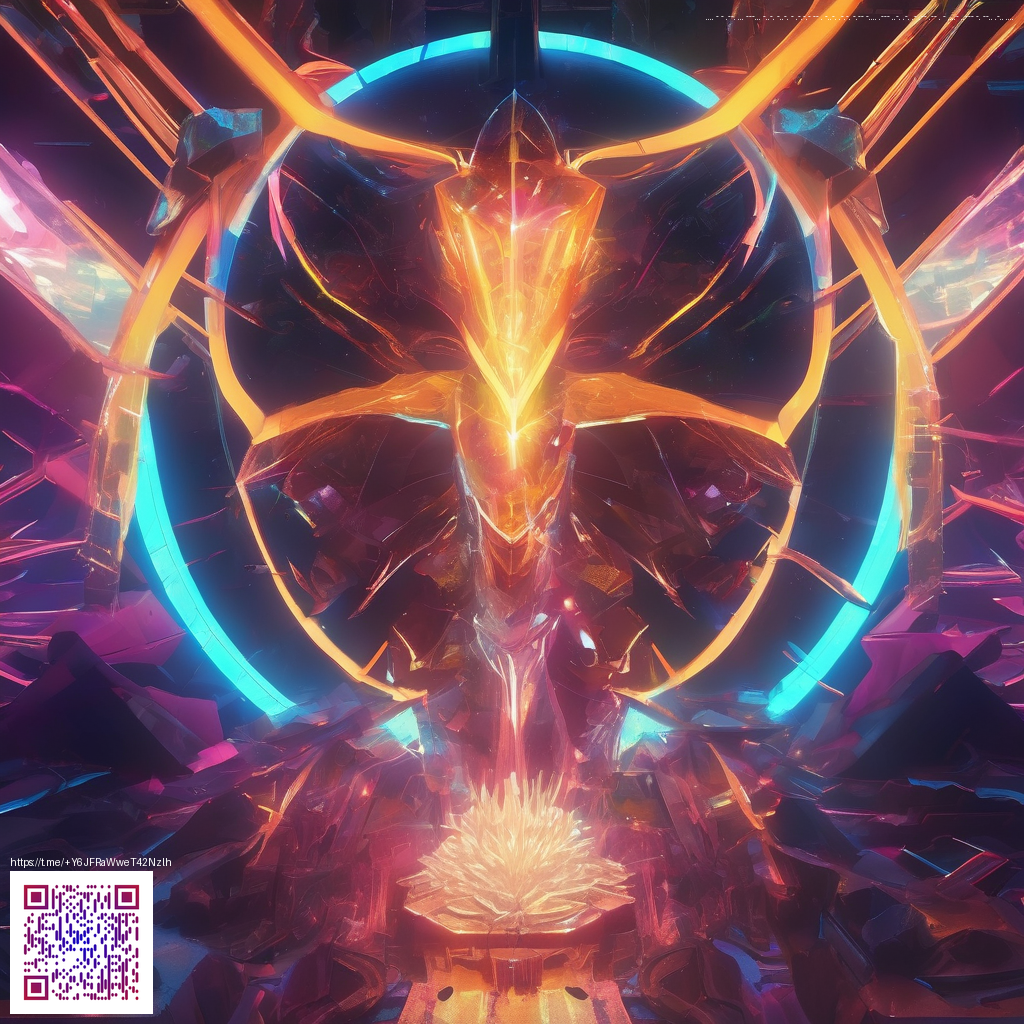
The Future of Decentralized Autonomous Organizations
Decentralized Autonomous Organizations, or DAOs, are evolving from experimental curiosities into practical engines for governance and collaboration. The promise is simple: lightweight, transparent decision-making that scales with communities rather than hierarchies. Yet the road ahead is nuanced. As DAOs mature, they are learning to blend on-chain precision with off-chain empathy, creating structures that can adapt to diverse cultures, jurisdictions, and use cases. 🌐✨
At their core, future DAOs aim to balance accountability with participation. Traditional organizations rely on a single chain of command; future models distribute influence among stakeholders who contribute time, expertise, and resources. Imagine governance that respects both high-signal experts and broad community sentiment, where decisions are transparent, auditable, and revocable if needed. This shift isn’t just technical—it’s cultural, inviting more inclusive deliberation, faster iteration, and real-world impact. 🗳️🤝
Governance as a Practice, Not a Promise
Today’s DAOs often hinge on token-weighted voting or reputation systems. The next frontier expands governance into structured deliberation, delegated authority, and modular decision-making. In practical terms, this means on-chain voting paired with offline facilitation to capture nuance, context, and human judgment. It also means designing fallback mechanisms—for example, temporary suspensions of proposals when urgency demands a rapid, well-informed response. The aim is governance that remains robust during stress while still remaining adaptable when new information arrives. 🧭🔧
“The strongest DAOs don’t just vote; they design processes that surface expertise, encourage accountable debate, and reveal trade-offs in real time.” — A thought leader in decentralized governance
In practical terms, this translates to robust governance frameworks that include: clear escalation paths, time-bound deliberation windows, and transparent treasury oversight. A well-governed DAO doesn’t hoard power; it distributes it across committees, working groups, and rotating delegates. The result is a living organism that can address complex problems—from funding public goods to stewarding open-source projects—while preserving trust as a core asset. 💬💡
From Coalition to Cohesion: Designing for Collaboration
Future DAOs are less about issuing edicts and more about cultivating ecosystems. They rely on modular governance—where different modules handle budgeting, policy, and community standards—and cross-chain interoperability to avoid silos. In practice, this means interoperable voting, shared reputational signals, and interoperable treasury systems that can move value where it’s needed without friction. It also means embracing privacy-preserving mechanisms so stakeholders can participate without compromising sensitive information. 🛠️🔗
Collaborative culture is another critical piece. As DAOs scale, they must establish rituals that translate dispersed participation into coherent action. Rituals might include regular open strategy sessions, publishable meeting notes, and public dashboards that reflect progress and missteps alike. A healthy DAO invites criticism and demonstrates how feedback translates into action, reinforcing trust and ongoing engagement. 🎯📈
Tools, Taxes, and Trust: Navigating Realities
Beyond desire, there are concrete realities to navigate. Jurisdictional clarity, tax compliance, and regulatory risk shape how DAOs operate in the real world. Smart contracts can automate governance, but they can’t replace accountability, especially when funds flow and compliance become intertwined. The future DAO ecosystem will likely feature standardized governance templates, auditable treasury controls, and interoperable tooling that makes it feasible to operate across borders with minimal friction. In this context, resilient communities invest in audits, transparency reports, and open-source tooling that reduce risk and build confidence among participants and external observers. 🧾🛡️
Inspiration for practical experimentation often comes from tangible, tactile experiences that bridge digital and physical collaboration. For instance, teams exploring governance interfaces might experiment with sleek, physical surfaces for off-chain deliberations, like the Neon Rectangle Mouse Pad Ultra Thin (1.58mm) Rubber Base. It’s not just about hardware; it’s about shaping how teams coordinate during long sessions, capture ideas, and transfer momentum into digital votes. You can explore options here: Neon Rectangle Mouse Pad – Ultra Thin (1.58mm) Rubber Base. 🖱️📝
Community health is another recurring theme. DAOs thrive when newcomers feel welcome and veterans feel heard. Clear onboarding paths, mentorship channels, and low-friction first proposals help sustain momentum. Equally important are conflict resolution mechanisms and fair compensation systems that recognize meaningful contributions. The ethical dimension—ensuring that power is exercised with humility and accountability—becomes part of the governance fabric itself. 🌱🕊️
Strategic Roadmapping for the Next Decade
Looking ahead, successful DAOs will blend practical governance with strategic foresight. Expect more emphasis on:
- Transparent treasury management and spend auditing 💰
- Modular decision-making that scales with project complexity 🧩
- Delegated authority and time-bound voting to balance speed with accountability ⏱️
- Cross-domain collaboration across communities, ecosystems, and chains 🔗
- Privacy-aware participation to protect sensitive deliberations while staying auditable 🛡️
As we witness these shifts, the human element remains central. Technology can facilitate, but it can’t replace the value of clear conversation, shared goals, and mutual respect. The most enduring DAOs will be those that design room for dissent, encourage constructive contention, and celebrate small wins along the journey. 🚀🤝